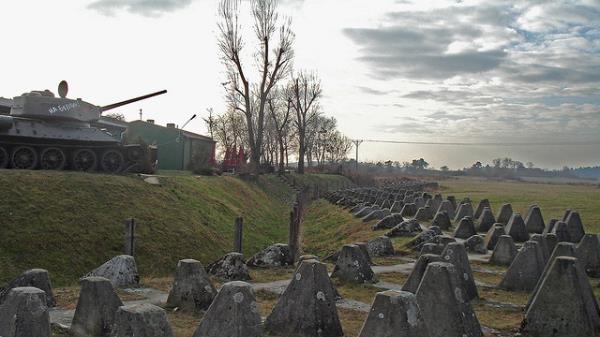The Ostwall (which is German for “East Wall”) was previously used by Nazis occupying Poland as one of their largest lines of defense. Despite its size, it was not heavily used, as the land then belonged to Germany and Poland did not wage the sort of assault that Hitler had been expecting. Now, the Ostwall is used as the site of a museum, but it is also an impromptu home for bats.
Housing bats was, of course, never an intended use for the structure. Yet well over thirty thousand of the flying mammals flock there for shelter. Even if it was not its intention, the site has become the largest manmade bat reserve. They primarily live in the tunnels of the Ostwall, which are a fairly expansive part of the structure. There are also over one hundred bunkers at the site. The number of bats seeking shelter there is impressive, not all too surprising given the structure’s size.
There are maybe about thirty-seven thousand bats, whereas the structure is able to hold around twenty-four thousand people. This was never a necessity, given the fortification’s lack of use during the Second World War. It was used even less by 1945, by which point there were less than one thousand soldiers using the Ostwall. The bats primarily use the tunnels for hibernation, as they are not often bothered in the miles of tunnels which are over one hundred feet under the ground, The Times of Israel reports.
They mostly use these particular tunnels due to their relatively consistent climate. The tunnels are very cool and incredibly humid, both of which are ideal to the bats’ use. They have been using the Ostwall as a hibernation spot for a few years now and, while their numbers have not been completely consistent, they have numbered between thirty and forty thousand for a couple of years in a row.
Once the bats leave the Ostwall, their next move is usually to find food as well as begin their mating season. They do not move in flocks in quite the same way as birds, and many of the bats will remain the tunnels after many others have left. It is generally considered best if they are not disturbed while they are hibernating, as they can actually die from being brought out of hibernation before they are ready. For this reason, human visitors are not allowed in the Ostwall tunnels during hibernation season. This makes the tunnels a virtual safe haven for the bats there.
